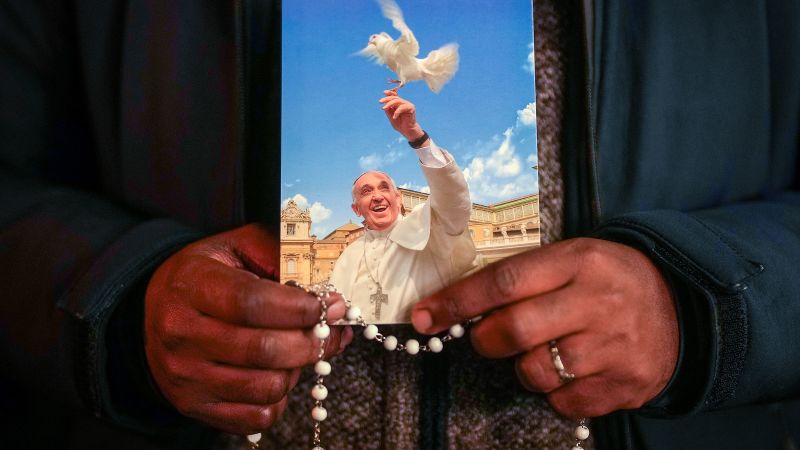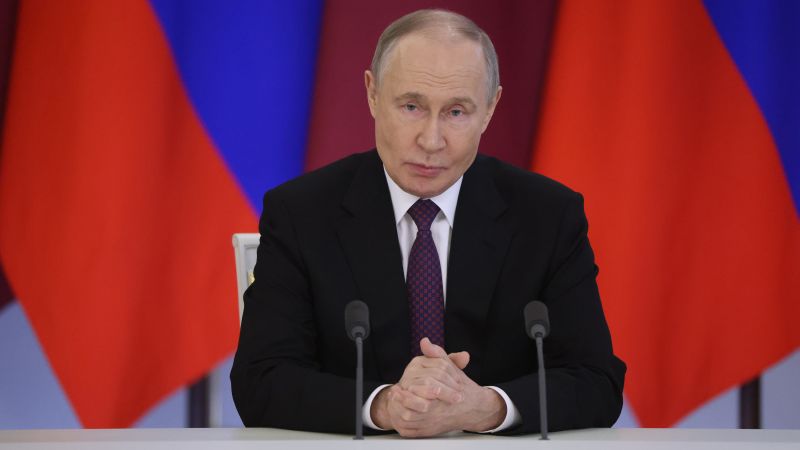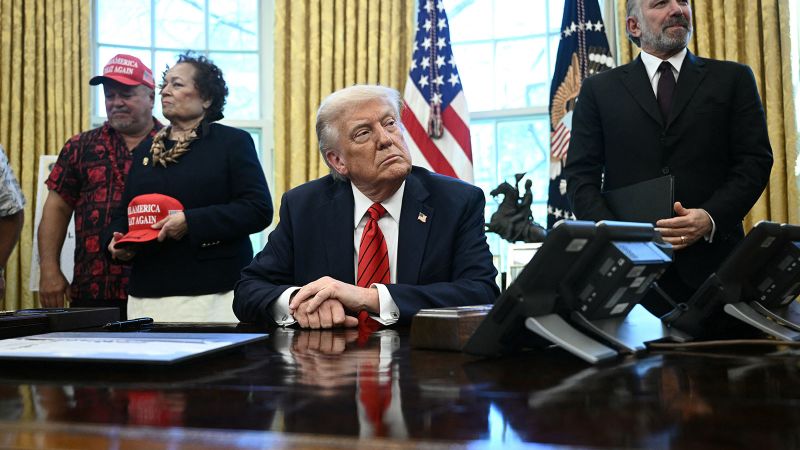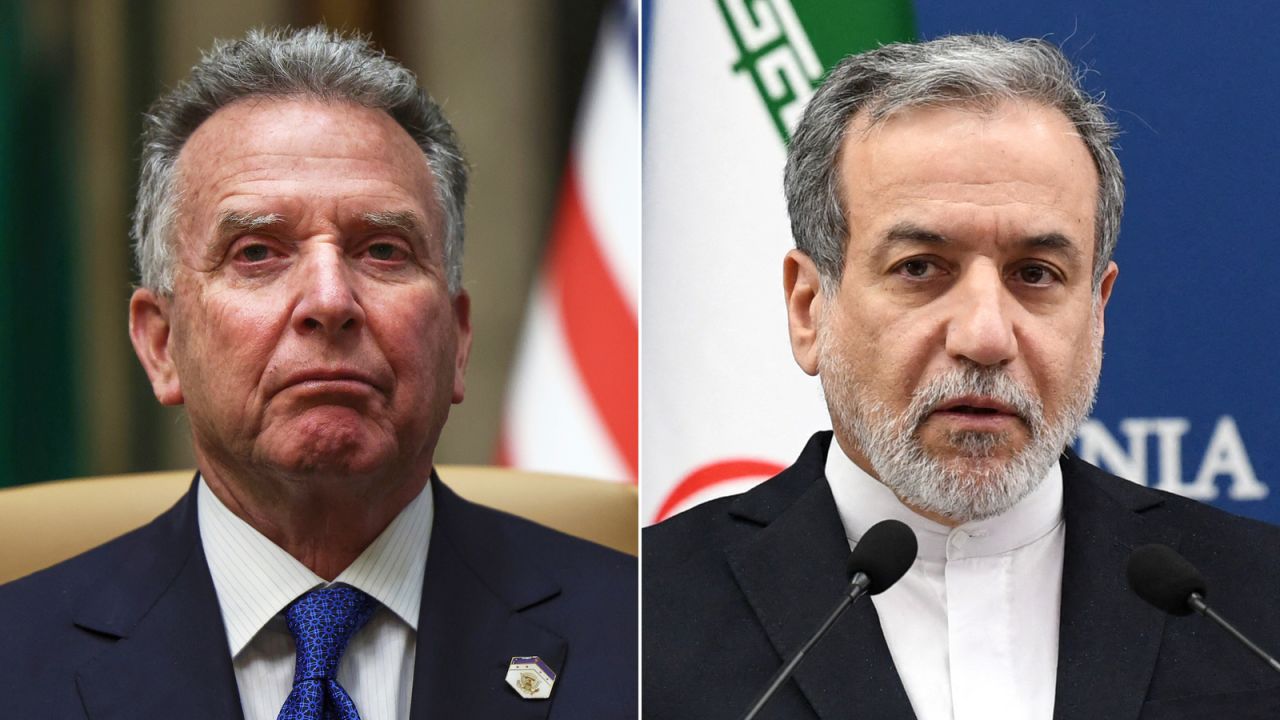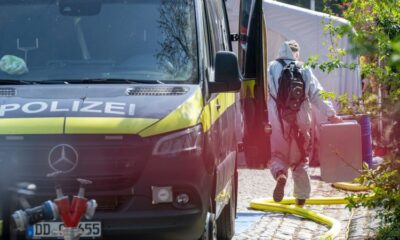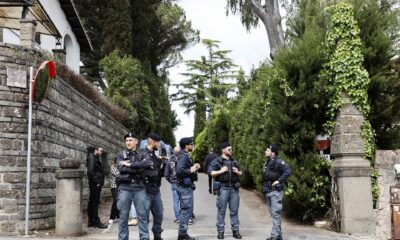Rome
CNN
—
The Apostolic Palace in the Vatican is home to the Holy See’s Secretariat of State, the engine room of the Catholic Church’s central administration. Entering the offices on the third floor of the Renaissance palazzo, you walk past frescoes of some of the first maps of the world, a reminder that the church had a global vision and influence long before globalization came into fashion.
Now, with Pope Francis entering his fourth week in hospital, those working in the Apostolic Palace are grappling with the continuing uncertainty over the pope’s health. The same is true for everyone working in the Vatican.
The two highest-ranking secretariat officials are Cardinal Pietro Parolin, the Holy See’s Secretary of State, and Archbishop Edgar Peña Parra, the “sostituto,” or “substitute,” who acts as a papal chief of staff. They have seen Francis in hospital on at least two occasions. During normal times, they would individually have a scheduled weekly audience with the pope and remain in regular contact with him.
Parolin, a mild mannered, thoughtful prelate, is an experienced diplomat from northern Italy who leads engagement in geopolitics and has been instrumental in brokering the Holy See’s agreement with China. Some talk about him as a future pope and it was Parolin who led the first of the daily prayer sessions for Francis’ health in St. Peter’s Square.


Peña Parra, a church diplomat from Venezuela, coordinates the work of the Roman Curia, the church’s central administration. A decisive and resilient character, he underwent a fierce cross-examination last summer in London in a landmark legal case brought against the Vatican over a real estate deal dispute. The judge sided with the Vatican – and Peña Parra – on the key points.
It is these two officials who oversee much of the day-to-day church government as Francis remains hospitalized. The Roman Curia is made up of different departments – known as dicasteries – located in offices in and around Vatican City State and Rome. The departments, such as those for appointing bishops, continue to hold meetings and carry out their day-to-day tasks.
While the work continues, it does so at a slower pace. Heads of state coming to Rome to meet the pope stay away, as do groups of bishops travelling to the Eternal City. Major events which rely on the convening power of the papacy are put on hold. The prevailing mood in the Vatican is anxiety and a sense of uncertainty.
“It’s always difficult when the head, for whatever reason, disappears because the Holy Father is a very hands-on person with regards to management of the curia and of his interest in the work of all the dicasteries,” Cardinal Arthur Roche, the leader of the Vatican department for liturgy, told CNN.
“(We are) very used to him suddenly ringing for an opinion or to share some observation that he’s made. So, in that sense, things have gone very quiet.”
The cardinal, who is from the United Kingdom, explained that “the work goes on” even though it is an “uncertain period” with raised levels of anxiety.
“But we are hopeful that the good Lord will help him along and restore his health,” he added. “And if not, we can at least back him up by our prayers in sustaining his health at a moment when he needs our support. He’s always willing… to help us and it’s a wonderful opportunity for us to help him when he’s in need.”
The 88-year-old pope is still signaling that he’s governing the church from the hospital. Even as he battles pneumonia in both lungs, Francis is signing off documents “from the Gemelli hospital,” appointing bishops and a NASA scientist as a member of the Pontifical Academy for Sciences and calling the Catholic parish in Gaza.
It is also the pope himself who asked the doctors and the Vatican communication apparatus to provide the detailed daily bulletins on his health. And, on Thursday night, people heard the pope’s voice for the first time since his hospitalization. In what must have taken a big effort, Francis, struggling to get his words out after weeks of respiratory issues, thanked the people in St. Peter’s Square for their prayers.
Each night cardinals and senior Vatican officials gather in St. Peter’s Square to pray for Francis. The mood has been quiet and somber. Anthony Ekpo, a Vatican official and author of “The Roman Curia: History, Theology, and Organization,” said that the curia’s job had become focused on “prayerful support for the pope” along with “continuing the task of assisting him in the work of governing the Universal Church.”
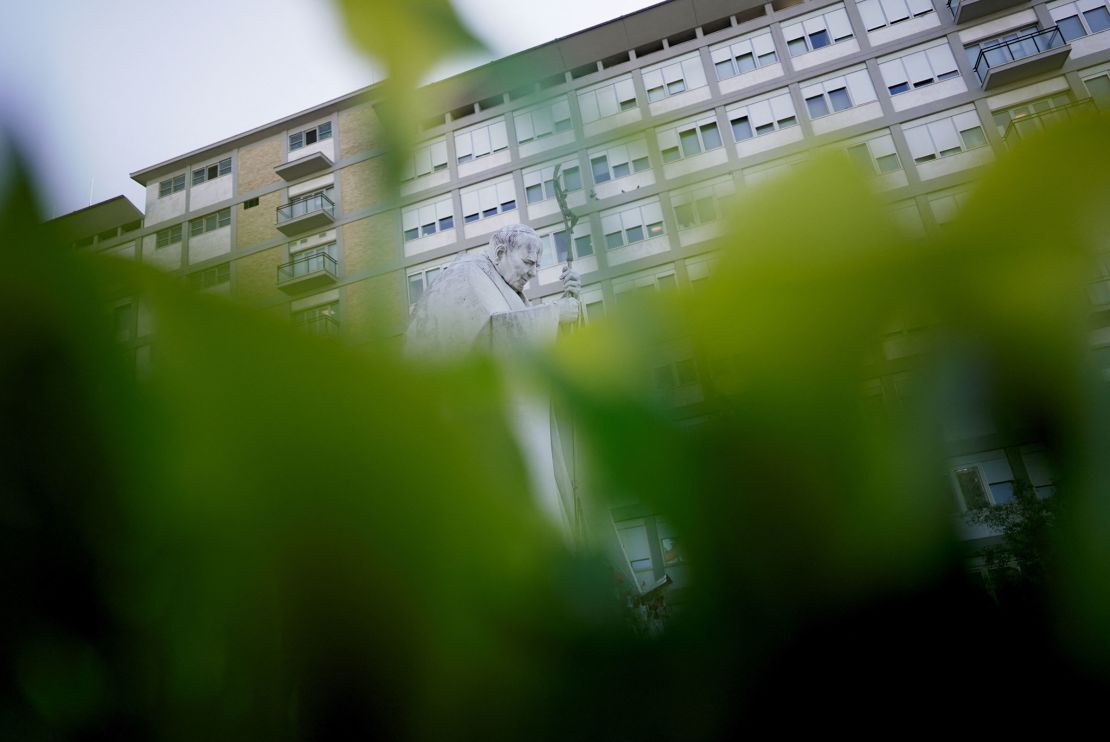
The pope’s hospitalization has changed the tenor of the Catholic Church’s jubilee year, a once-in-every-25-years event focused on pilgrimage and forgiveness. A jam-packed schedule of events with the pope had been planned, but in Francis’ absence, senior cardinals have been tasked with leading the celebrations.
All of this is creating a pre-conclave atmosphere. Vatican observers watch to see how each cardinal deputizing for the pope acts, and whether they are papabile (literally “pope-able,” or a potential candidate to be pope).
Interest in papal elections has become intensified by the popularity of the movie “Conclave,” which several senior church figures have watched.
Francis, who despite physical difficulties has always remained mentally alert, has ensured no figure exercises outsize influence in his absence.
He has two personal secretaries, both priests, assisting him up at the hospital but they remain out of the public eye. Throughout his pontificate, he has rotated secretaries, refused a personal spokesman and never allowed a figure to emerge as “deputy.”
In contrast, John Paul II’s long periods of ill-health and hospitalization created a power vacuum in Rome. As his health faltered, top officials in the Vatican took control of key decisions with his private secretary, now Cardinal Stanisław Dziwisz, becoming a powerful gatekeeper. A similar role was carried out for Benedict XVI by Archbishop Georg Gänswein.

No one knows how long Francis will remain in hospital and the prognosis of his complex condition remains “reserved,” according to Vatican sources.
Friends of the pope say he is determined to get out of hospital and return to the Casa Santa Marta, his residence since the 2013 conclave. The Santa Marta is also where the cardinals stay during a conclave. Francis’ recovery could take many weeks, and the prospect he might resign has been speculated upon.
From March 9 to 14, the leaders of the Roman Curia will embark on spiritual exercises for the season of Lent, which this year focuses on “the hope of eternal life.” During this period, believers seek to spiritually follow Christ into the wilderness of the desert for a time of prayer, fasting and almsgiving in preparation for Easter.
For the Vatican, the Lent of 2025 takes place in a desert of uncertainty as the pope’s health hangs in the balance. They are hoping – and praying – that a way ahead emerges.

